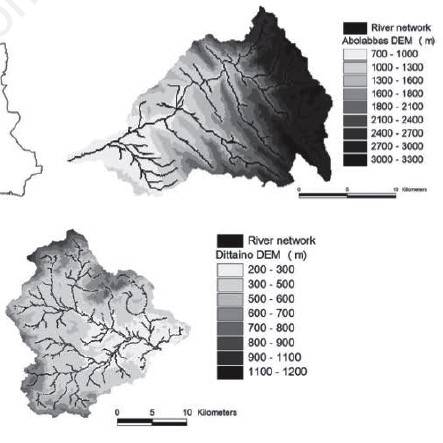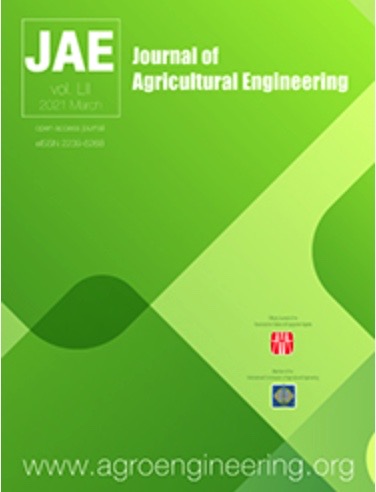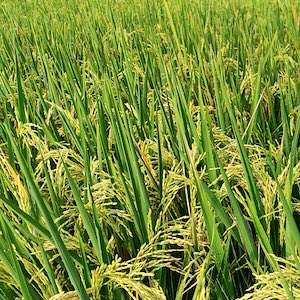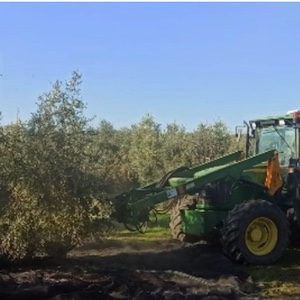Design discharge estimation in small and ungauged basins: EBA4SUB framework sensitivity analysis

All claims expressed in this article are solely those of the authors and do not necessarily represent those of their affiliated organizations, or those of the publisher, the editors and the reviewers. Any product that may be evaluated in this article or claim that may be made by its manufacturer is not guaranteed or endorsed by the publisher.
Authors
The design hydrograph and the related peak discharge estimation for small and ungauged basins is a common problem in practical hydrology. When discharge observations are not available, it is difficult to calibrate physically-based hydrological models that are typically characterized by a large number of input parameters. Recently, a simple empirical-conceptual rainfall-runoff model called EBA4SUB (event-based approach for small and ungauged basins) has been proposed. Its advantages are a limited user subjectivity, the employment of advanced hydrologic modules, and the use of input data similar to the information necessary for applying the well-known rational formula. In this contribution we illustrate the EBA4SUB sensitivity analysis, in order to assess the input parameters influence on the output design discharge. Results showed, as expected, that the most effective parameter is the curve number, followed by the concentration time. On the contrary, the threshold area value for classifying the drainage network, the time resolution of the design hyetograph and of the unit hydrograph, and the kinematic parameters needed to estimate the flow time can be considered as ancillary input parameters.














